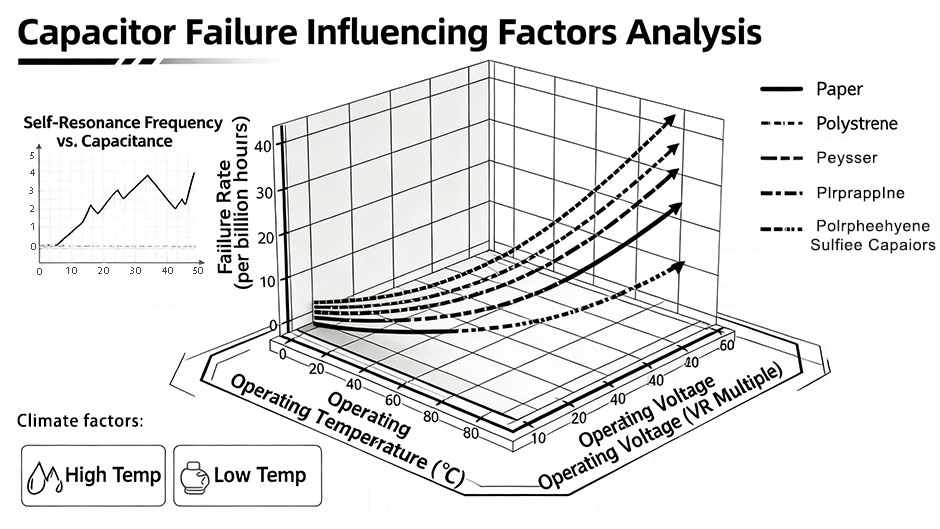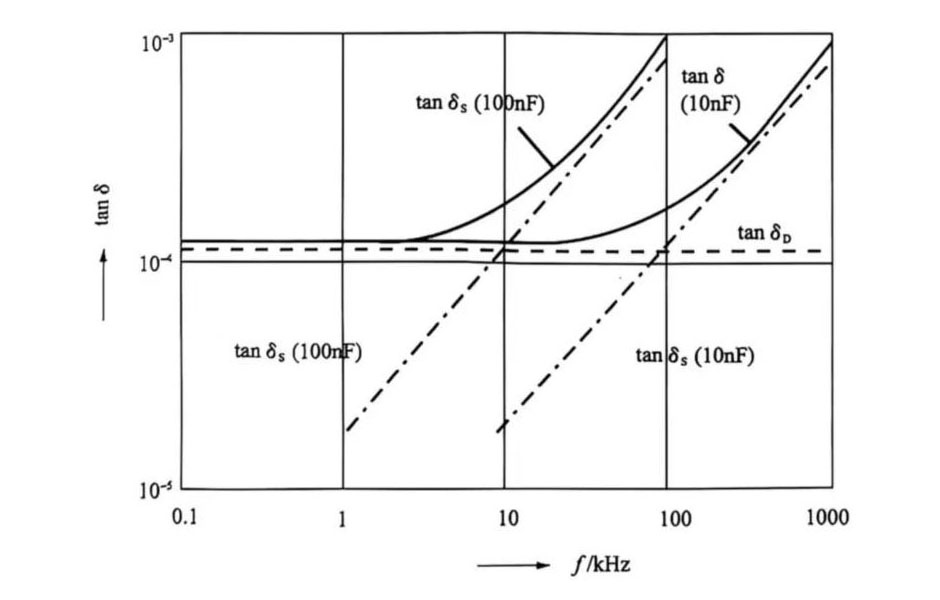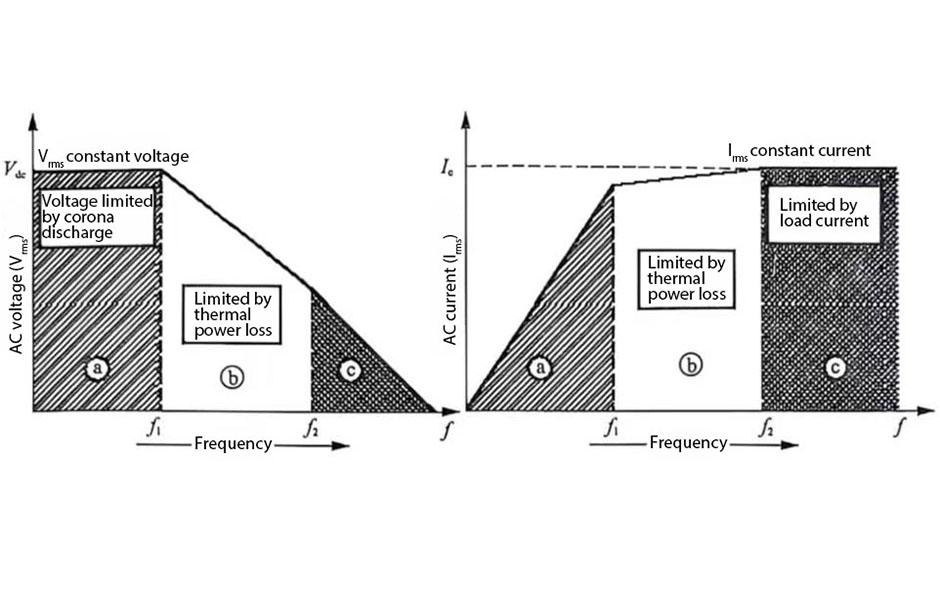Porcelain chip capacitors are made by extruding a high-dielectric constant capacitor ceramic (barium titanate titanium monoxide) into a tube, wafer or disc as the medium, and plating silver on the ceramic as an electrode by the firing method. It is divided into high-frequency porcelain and low-frequency porcelain.
Porcelain chip capacitors with a small positive capacitance temperature coefficient are used in high-stability oscillating circuits as loop capacitors and pad capacitors. Low-frequency ceramic capacitors are limited to bypass or DC blocking in circuits with lower operating frequencies, or occasions where stability and loss are not high (including high frequency). Such capacitors are not suitable for use in pulse circuits because they are easily broken down by pulse voltage. High-voltage ceramic capacitors used in high-power and high-voltage fields are required to have the characteristics of small size, high withstand voltage and good frequency characteristics. High-voltage ceramic capacitors have become one of the indispensable components of high-power and high-voltage electronic products. The use of high-voltage ceramic capacitors is mainly divided into power equipment for power transmission and distribution systems and equipment for processing pulse energy.
1. MLCC (Class 1)-miniaturization, high frequency, ultra-low loss, low ESR, high stability, high withstand voltage, high insulation, high reliability, non-polarity, low capacitance, low cost, high temperature resistance, main applications In high frequency circuits.
2. MLCC (Type 2)-miniaturization, high specific volume, medium and high voltage, non-polarity, high reliability, high temperature resistance, low ESR, low cost, mainly used in medium and low frequency circuits for direct isolation, coupling, bypass and Use capacitors such as filters.




